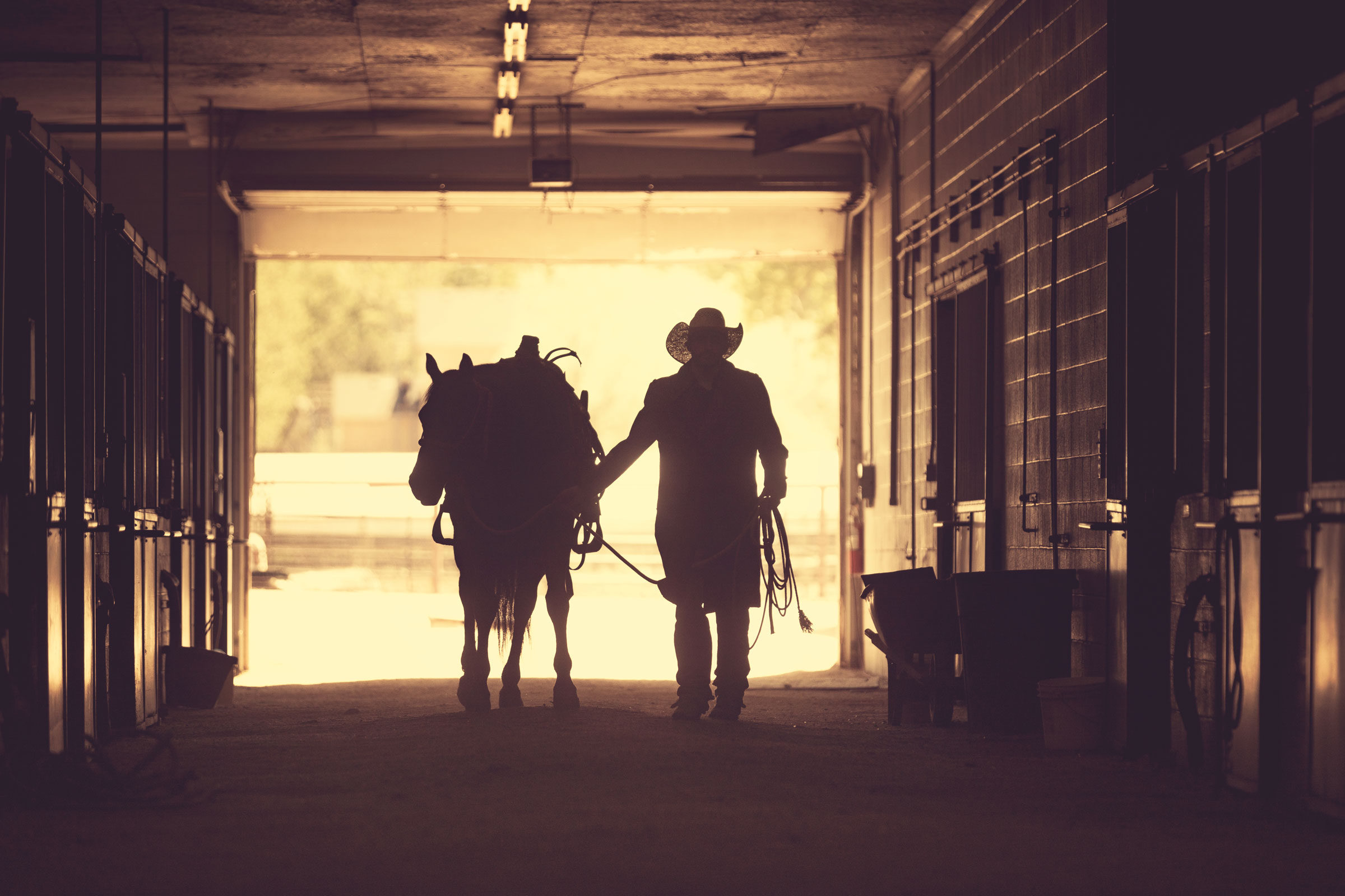
Running a boarding operation can be an exciting enterprise, but you should probably go into it armed with concrete information about potential costs. This enables you to set rates that compensate fairly for use of your facility and for the manpower required to keep everything running smoothly and safely.
Some links in articles are part of an Amazon Affiliate program that provides income to support this brand. Links are chosen by our editors.
Boarders reading this might also gain a better appreciation for what a barn owner must go through to accommodate your horse and you being on their property.
What are the Costs?
When figuring out how much is necessary to charge each board client, add up all the hidden and overt overhead costs of running a boarding operation. Some of these costs are fixed and continual no matter how many boarders are on site, such as property taxes, mortgage and insurances. There also are variable expenses such as feed, hay and bedding. All of these costs might be influenced by the number of horses cared for.
When estimating the breakeven point (expenses = income), calculate it based on the facility being three-quarters full. This gives you wiggle room for leaner times when you aren’t boarding at full capacity. Of course no stable or farm wants to just break even; if you are truly in the “business” of boarding, then you should be making a profit.
Many farm or stable owners don’t take into account all of the expenses they have when trying to figure out how much to charge in board. Then they can’t understand why they are not making (or are even losing) money at the end of the year. Many little expenses not passed along can result in a farm or stable going out of business. Happy boarders will be willing to pay a little more for a farm or stable they like rather than losing that facility.
The following list is by no means exhaustive of all the costs involved in maintaining a boarding operation, but most, if not all of these costs, are present to some degree in just about any facility:
Feed and feed storage areas This includes supplements and other things such as complete feed pellets and grains and the room or building where they are stored.
Bedding and bedding storage You will need an area for storing bulk shavings or individual bales.
Hay and hay storage An average horse eats around 2% of its body weight per day, so figure an average of 18-22 pounds of hay per day per horse, and include the expense of a building or loft to store hay out of the weather.
Hired help Most larger stables hire one or more people to help to feed, clean stalls, bring horses to/from turnout, maintain and mow fields and make repairs. Most larger stables hire one or more people to help to feed, clean stalls, bring horses to/from turnout, maintain and mow fields and make repairs.
Insurances You probably will need property, commercial liability and custody and control insurance, plus insurance on vehicles and worker’s compensation insurance.
Utilities Don’t forget to include the cost of water, electric, gas, sewer and trash removal in what you charge your clients.
Equipment You might not think about these items until you have to buy, replace or repair them. Make sure you include the cost of purchasing or maintaining hay racks, feed buckets, water buckets (heated and non-heated), blanket and saddle racks, hoses in wash stalls, sprinkler systems, jump standards and poles in your boarding costs.
Containment Fencing, gates and fence repairs should be included in your budget and allocated appropriately in your receipts, which means boarders’ monthly payments must cover these expenses.
Buildings Building and run-in shed repairs and upkeep must be included.
Arenas Those indoor and outdoor arenas and their upkeep, including putting in good footing, harrowing and moistening the footing, installing indoor mirrors and lights, are another area of cost for a boarding farm.
Pasture upkeep Remember to include fertilization, seed, grass and weed management, and harrowing.
Manure and bedding disposal There are costs and machinery involved in removing, spreading and/or composting and management of muck from stalls, run-in sheds and dry lots.
Fly control The measures you take to reduce the incidence of flies and mosquitoes are another expense some owners forget.
Taxes and accountant fees As a land owner you also pay property, payroll, and federal/state/local taxes. Those are a cost of doing business.
Mortgage or rent costs
Business permits and licenses
Machinery and equipment for farm maintenance This can include tractors, harrows, manure spreader, rakes, wheelbarrows, etc.
Roads and parking You need a safe driveway and parking area built and maintained.
Signage
A facility with more services—such as an indoor arena, blanketing and supplement provisions, hot water and wash stalls, for example—will necessitate more expensive board fees due to amplified costs. As you look over the list of myriad expenses, it then seems as if rates ranging from $400-900 are actually an excellent deal for any horse owner to turn their horse over to someone else’s daily care.
Help your owners understand all that they pay for, and share information on your rising costs when you need to raise your board rates.


